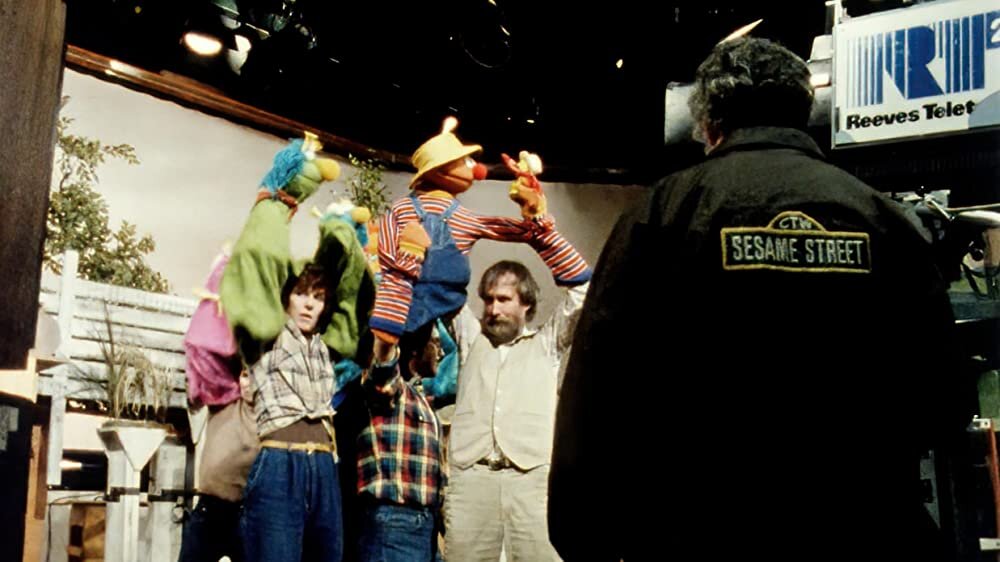SIFF Advance: STREET GANG: HOW WE GOT TO SESAME STREET
Directing: B+
Writing: B+
Cinematography: B
Editing: A-
Street Gang is all about the origins of what might be called a revolutionary children’s television show—hence, the “How We Got to” in the subtitle. Keeping the entirety of the story told here focused on the show’s early years perhaps makes sense, given the complications of their deal with HBO since 2015. I’d sure have liked to learn more about the arc of Sesame Street’s story over its history spanning more than fifty years, but, maybe that’s better for a different documentary? I regularly complain about films attempting to cram decades’ worth of stories into just two hours, after all.
Thus, Street Gang is all about how it happened from the start, with its first episodes airing on PBS in 1969. This is going to give it massive appeal to older viewers who remember watching it as a kid when it debuted—but also, any adult who remembered watching and loving it as a child. At this point, that could include memories from as recent as 2008. Yikes, that’s depressing. I don’t suppose it is for an 18-year-old.
Director Marilyn Agrelo contextualizes Sesame Street is a program intended to harness the power of television to educate small children, and get them more prepared for entering public school. Its target audience is 3- to 5-year-old kids, but from the beginning, particularly inner city kids. It’s fascinating to see something like this, a program developed in the 1960s particularly with children of color in mind. It’s a good reminder that gets to two sides of the same coin: activism for people of color is nothing new (people forget that the 1939 film Gone with the Wind was met with Black protesters), and the difference it makes is slow-going, a never-ending, ongoing process.
All the “Black Lives Matter” sentiments of recent years are hardly new, and the spirit of that very phrase is woven into the fabric of Sesame Street’s intentions. This being from the late sixties and early seventies, though, the intentionality there was much more subtle than perhaps we are used to today. Just showing an inner city neighborhood with a fully integrated, multi-racial cast, particularly focused on children, is something we see early show writer Jon Stone state in an archival interview say “speaks for itself.” The impact on its child viewers—white or not—is likely something that cannot be overstated.
More importantly, though, Sesame Street was made as an educational tool, and its positive impact was swift and massive. Jim Henson’s muppet creations clearly made all the difference in the world, and were every bit as successful as cartoons at catching and maintaining their attention. They did a lot of research on what worked and what didn’t: one fascinating bit was that the kids retained what they learned better if their parents watched with them. And Sesame Street included a lot of cultural references that adults would get but children would still enjoy even if they didn’t get it.
Best of all, Street Gang includes a whole lot of little-seen (probably much of it never-seen) behind-the-scenes footage, showing how the sets were constructed, how the puppeteers handled the puppets, and how they integrated muppets with human actors on the show. And in addition to teaching kids the alphabet and how to count, they tackled a wide diversity of subjects, even including how to deal with death, after one of the human character actors passed away.
I have no memory of watching Sesame Street, myself; I’m 44 years old and only know it from its nostalgic place in the zeitgeist, and the many clips that have been seen in countless contexts for decades. Still, even I found this film a moving experience, as it really cultivates a sense of appreciation for the ways a medium largely seen as harmful—in this case, television—can be used as an effective took for education, or even for spreading love and support. Or, teaching how to spread those things. The movie doesn’t mention the internet or social media at all, but it’s easy for such things to come to mind. All we need is the right band of good-hearted people to come along and shift the paradigm created by the latest technology.
A time capsule of influence that still goes on to this day.
Overall: B+

